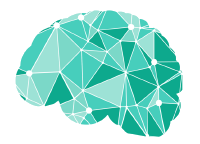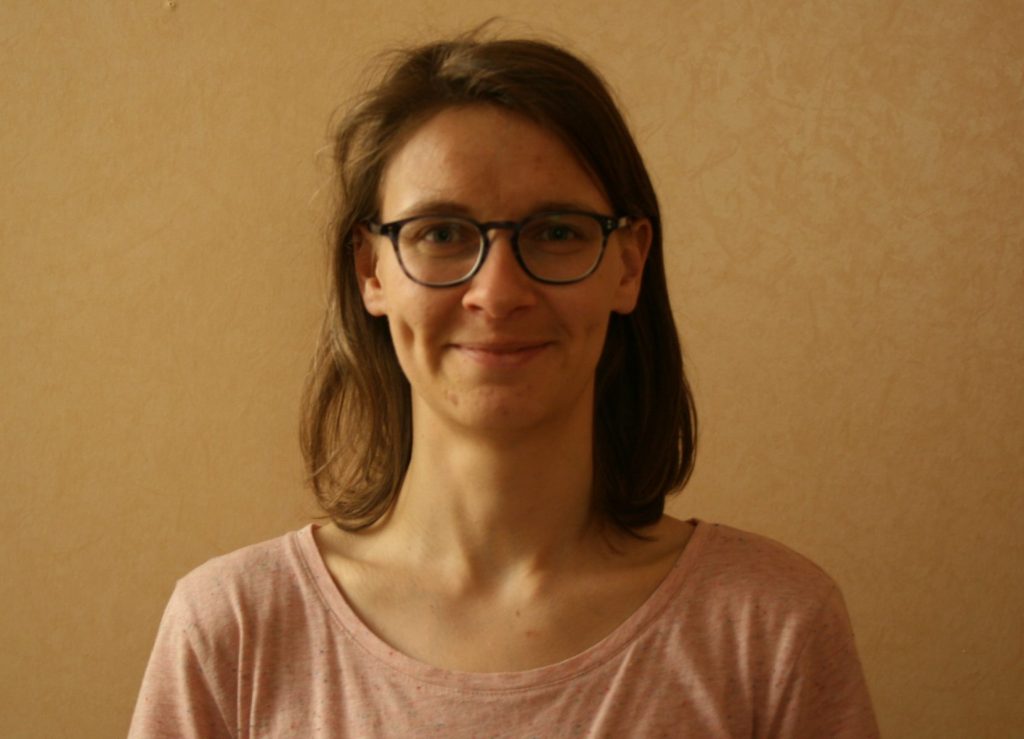I’m interested in whole-brain functional connectivity across different temporal and spatial scales, both in terms of data analysis and computational modelling. Since moving to the Hagmann lab in 2017, I have been working on establishing techniques to link structural and functional connectivity in source projected EEG data, both for resting state and task. These techniques include graph signal processing – which I am also applying to fMRI – and simple computational models like the Kuramoto model.
I earned my PhD in 2017 in the group of Gustavo Deco in Barcelona. In my thesis work, I applied tensor decomposition – a dimensionality reduction technique that takes into account spatial and temporal information simultaneously – to resting state fMRI, using both empirical data and data simulated with a dynamic mean field model. Before moving to Lausanne, I was briefly involved in a project on vibrotactile categorization, using a simple model of effective connectivity to assess changes caused by the vibrotactile stimulus.
I am originally from Germany and did both my BSc in Biology and my MSc in Computational Neuroscience in Berlin, at the Humboldt University and the Technical Institute/Bernstein Center for Computational Neuroscience, respectively.

